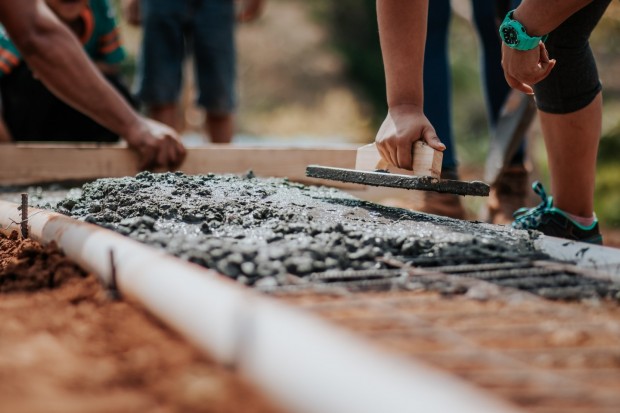Common Surface Preparation Techniques For Concrete Repair Work
Many techniques are used to prepare the surface for concrete restoration, including chemical cleaning, acid etching, mechanical preparation, and abrasive treatment. The proposed repair often necessitates minor steps, such as cleaning the concrete surface, exposing the coarse or fine aggregate, removing a small layer of damaged concrete, or roughening the surface. In general, the concrete surface should be smooth and regular. However, each repair material requires a certain kind of surface preparation. Let's look at the different approaches to surface preparation for concrete repair projects.
Mechanical preparation
This method removes a thin layer of concrete from a surface, producing different kinds of surfaces based on the removal tools used. Construction equipment like breakers, scabblers, grinders, and scarifiers are among the several pieces of machinery utilized in this process.
Chemical cleaning
Detergents, trisodium phosphate, and other concrete cleaners are used to prepare the surface for some coatings, but they are often not recommended for use in concrete repairs. These solvents are not recommended because they dissolve the contaminant and move it further into the concrete. Only particular circumstances and the application of certain coatings allow for this process.
Abrasive preparation
A stream of compressed air is used to blast dry or wet abrasives. The impact of the abrasive particles causes them to enter the substrate, displacing fines and mortar fragments to provide an overall eroding effect. Using abrasive blasting leaves a surface with a contoured appearance while removing surface impurities, weak concrete, coatings, and adhesive films.
Abrasive tools such as sandblasters, shotguns, or high-pressure water blasters are frequently used in conjunction with vacuuming, water or air blasting, or other methods. A profile number might indicate the surface roughness required for different overlay applications, or the grit size of the sandpaper can specify it.
Acid etching
for years contractors have been etching concrete surfaces in acid to remove laitance and typical amounts of grime. When acid is added to concrete, a sizable quantity of cement paste is successfully removed, leaving a rough surface that can accept replacement material with a stronger bond.
Acids can erode the steel reinforcing the concrete beneath the surface through cracks, harm the paste of the remaining concrete, and permeate the concrete surface. Although some experts advise against using acid on concrete, others recommend using it when other surface preparation methods are impossible.
Needle scaling
Steel rods propelled by pneumatic or hydraulic pulses used in needle scalers beat concrete surfaces into a powder. Needle scalers are often used to remove efflorescence and other fragile encrustations. The hits result in a cratered surface profile.
Rototilling
A rototiller is a scarifier on steroids; it is so big that it must be propelled, and its teeth are affixed to the drum rather than washers. The impact of the teeth breaks the concrete into dust and chips, leaving striations and deep grooves on its surface. However, it can only work on horizontal surfaces.
Conclusion
The right surface preparation method depends on your project and the type of finish you want to achieve with the concrete.
See Now: NASA's Juno Spacecraft's Rendezvous With Jupiter's Mammoth Cyclone
* This is a contributed article and this content does not necessarily represent the views of scienceworldreport.com





Join the Conversation